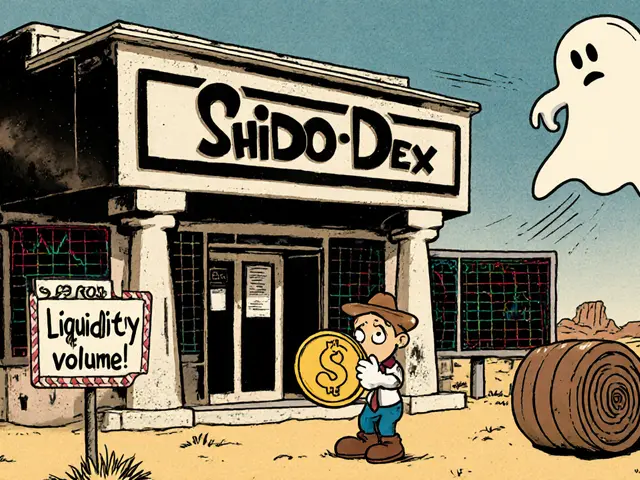BCH vs Bitcoin: Key Differences and Why It Matters
When people talk about Bitcoin Cash, a fork of Bitcoin created in 2017 to fix scaling issues. Also known as BCH, it was built by users who believed Bitcoin should be used for everyday payments, not just storage. Meanwhile, Bitcoin, the original cryptocurrency launched in 2009, now functions more like digital gold than a transaction tool. Also known as BTC, it prioritizes security and scarcity over speed. These two aren’t just different coins—they represent two opposing visions of what blockchain should be.
One major difference is block size. Bitcoin Cash increased its block size to 32 MB, letting it process more transactions per second. Bitcoin stuck with 1 MB (later expanded via SegWit to around 4 MB), keeping the network slower but more decentralized. That’s why BCH transactions often cost pennies and confirm in seconds, while Bitcoin fees can spike to dollars during busy times. If you’re sending money to a friend or paying for coffee, BCH feels like cash. Bitcoin feels like a vault.
Another split is philosophy. Bitcoin’s developers and major holders tend to favor minimal changes, believing the network’s value comes from being unchangeable. Bitcoin Cash supporters argue that a currency must evolve to stay useful. This isn’t just technical—it’s cultural. Bitcoin attracts investors looking for long-term value. BCH draws people who want to use crypto daily. You’ll see this difference in adoption too: BCH is accepted by fewer merchants than Bitcoin, but where it is used, it’s often preferred for its speed and low cost.
And then there’s mining. Both use the same proof-of-work algorithm, but Bitcoin’s hash rate is over 100 times higher than BCH’s. That means Bitcoin is harder to attack, but also more energy-intensive. BCH runs on less hardware, making it cheaper to mine—something that matters if you’re a small miner or care about sustainability.
Neither side is right or wrong. But if you’re holding one or the other, you’re choosing a side. Are you betting on scarcity and store-of-value? Or on usability and mass adoption? The posts below dig into real-world examples: how BCH handles high-volume payments, why Bitcoin’s fee spikes hurt users, what happened when BCH forked again in 2018, and how exchanges treat them differently. You’ll also find reviews of platforms that support both, airdrops tied to BCH, and breakdowns of why some projects refuse to list one or the other. This isn’t theory—it’s what’s happening right now in wallets, exchanges, and miner communities.







Categories